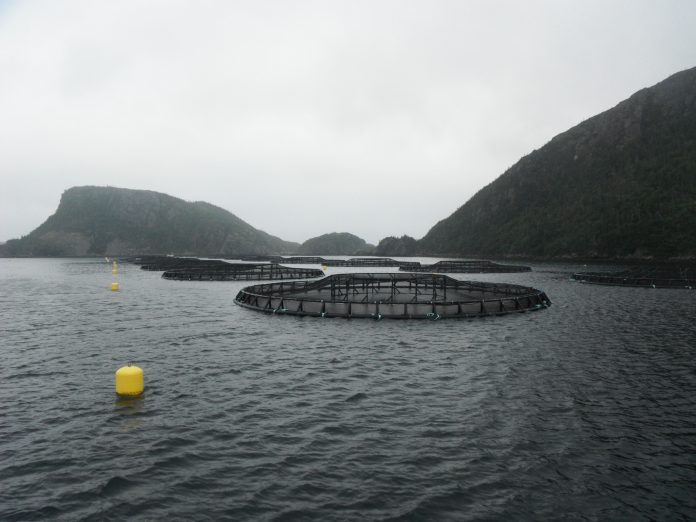In March, the Canadian salmon farmer reported that 77,000 fish had died due to severe winter storm events. That number is now believed to be 160,000.
Early last month, SalmonBusiness reported that Cooke’s Cold Ocean Salmon division expected higher than anticipated Atlantic salmon fish mortalities at Manual Arm, NL, Canada.
Back then, the company said that it had lost around 77,000 fish which was “an approximate estimate” as the removal was underway.
Now in a statment, Cooke has now revised that number. Instead of being 14 per cent of the 599,000 salmon that died, the real percentage is 29 per cent, i.e 170,714 fish. Nearly double of what was last reported.
The fish did not test positive for reportable diseases, Cooke added, and have all been removed from the site.
“All the fish have now been removed from the site as per the company’s standard operating procedures and farm management plan. The sites mortality figures have been updated regularly as the fish have been removed over the months of March and April. There are cases following storms when mortalities do not occur all at the same time, and some fish succumb in the weeks following the severe winter weather incidents,” Cooke wrotw
“The regularly scheduled fallow period has now started on site as per provincial regulations. The company has taken all the responsible steps under the oversight of the Newfoundland and Labrador Department of Fisheries and Land Resources and is following government approved regulations to protect fish health,” it added.
Joel Richardson Vice President Public Relations told SalmonBusiness: “Unfortunately, Cold Ocean Salmon Inc. experienced higher than anticipated farmed Atlantic salmon mortalities on Manual Arm, NL, due to severe winter storm events experienced over the month of February. All farmers encounter occasional crop loss from unpredictable weather – it’s an unavoidable part of growing food that the public accepts in order for grocery stores to be sustained”.












